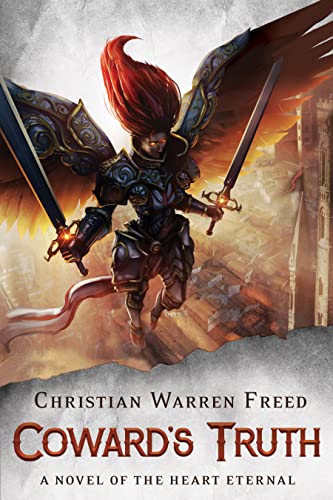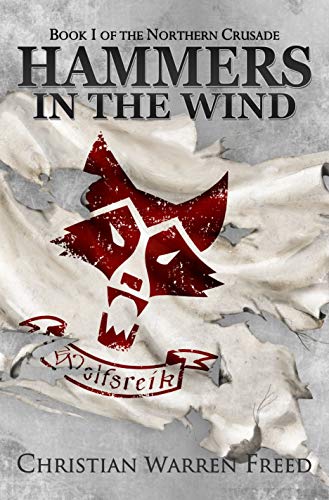Let’s Talk Legal 2
Last week we talked a little about copyright and what legal issues an author can face. This week we tackle copyright and fair use as it pertains to us. Buckle up. I dumbed it down- maybe for my own needs rather than yours- so it won’t be a Supreme Court decision here. I look forward to hearing your thoughts and opinions.
Copyright Pertaining to Authors/Publishers
Copyright is considered the ‘exclusive legal right protecting intellectual creations from unauthorized use’. Some variant of this law has been in use since the 15th century but it was not until the 1976 Copyright Act here in the United States that a stringent guideline of what falls under copyright protection was established. This Act was further amended in 1998 after it became evident the internet and digital rights were about to become major factors in modern life.
Both the original 1976 Act and the amended digital one lay out the case for ‘original works of authorship’- with the expanded definition of authorship to include composers, artists, authors, and others. Central to the issue is the understanding of the term literary works. As defined, literary works are: works, other than audiovisual works, expressed in words, numbers, or other verbal or numerical symbols or indicia, regardless of the nature of the material objects, such as books, periodicals, manuscripts, phonorecords, film, tapes, disks, or cards, in which they are embodied.
It is important to note that all works- published and unpublished- are protected under the 1976 Act. Many authors fail to understand that their works are protected before being published. There are, however, limitations built into the law. Under the first-sale doctrine authors lose the right to regulate what happens to their books after a sale. This grey area is where websites pop-up allowing users to download free copies of books, thus removing the author/publisher from the royalty equation.
Current copyright law says that works created after 1 Jan 1978 are protected for seventy years after the author dies. Authors may choose to sell or transfer their copyright because it is considered a property right. Most common types of this are when an author or publisher sells the rights to a movie studio. The author does not lose all rights to their work and receives a hefty lump sum payment for the right to have their book turned in to a motion picture.
While it is clear all original written or created works are protected under copyright law, the lines begin to blur when images or characters are placed in public domain. Regardless, authors have the inherent responsibility to understand the current law structure when they venture forth in the publishing world.
Public Domain and Fair Use
We’ve all seen examples, whether in a book, television show, or movie, where other fictional works are being referenced. In fact, the most popular works are constantly being spoken of on an almost daily basis. But are the writers of those shows following the law or breaking it? This is where public domain comes into play. It is a safe assumption that many of you reading this now have either thought about using popular culture references in your own work or have already done so. Knowing what you can and cannot use will not only strengthen your skillset, but potentially help you avoid getting into legal trouble down the road.
Public domain is one of the oldest concepts in use today. The commonly accepted definition of public domain is works that are no longer protected through copyright as well as material that was never protected in the first place. Public domain has changed the copyright landscape, which bears heavy implications on current (and restricted) literary works. Prior to 1896, public domain was referred to as public property.
Matters continue to muddy when author incentive and public interest blur together. In 2000 a website created by Harry Potter fan Steven Vander Ark was initially praised by author J.K. Rowling, going so far as to ‘fact-check’ her own work. It was not until years later the website creator tried to publish a book based on the site that Rowling sued. Court rulings decided that too much of the website’s words were either direct quotes or similarly close to be considered original.
Fair use comes into play most often when one party is accused of copyright infringement. Fair use is where the courts determines whether copyrighted materials are being used without permission. The biggest case in the last ten years was between the late Marvin Gaye’s estate and the creators of the song Blurred Lines.
Fair use is hard to define since there are multiple grey areas involved. The 1976 Act laid out four distinct criteria concerning fair use:
- Purpose and character of use:
- Several items are considered under this aspect. Foremost is whether the intended use is for commercial (public consumption) or nonprofit purposes. If the original content is changed or has been given new meaning chances are the law will side with the new creator in determining fair use. Parodies often fall into this category.
- The nature of copyrighted work:
- One advantage authors have when it comes to copyright is that the legal system will often fall on the side of the creative. Using fact-based materials- such as military units/ battles or other historic events- is considered fair use, for the most part. Many fiction authors who write historical or military fiction should be protected under this.
- The amount and substantiality of the portion use:
- This is where matters get muddy and fall deep into the grey area. Plenty of books have either drawn inspiration from previous books or contain dialogue pertaining to those books. For instance, characters might be discussing the events of a popular movie and reveal the ending. While unintentional, that particular author has infringed upon the previous work- as endings are considered integral to the story.
- The effect on the plaintiff’s market:
- Put plainly, the more of another work that is ‘copied’ or used in another setting the more the original author will lose potential readers. No one wants to read a book when the ending is spoiled in a different book. The worst offenders for authors are those websites offering free PDFs of published books without the author or publisher’s express consent.
Each of these areas are important in determining if an author’s work is safe under copyright laws and warrant a closer look. When in doubt, reach out to an attorney who can clarify any grey areas and prevent trouble before it starts.
Most independent authors and small publishers generally do not need to concern themselves with this law as they are intent on creating a fresh or unique work, but there are instances where characters are taken from either real life or existing books. British author Mark Hodder wrote a series of books revolving around major characters of Victorian England, though changing them to suit his purposes. Not only were these books successful in the market at that time, they avoided any legal repercussions because the characters were changed so much from their historical counterparts that there was no confusion between them.
A recent trend in independent book covers had an inverted Trade Federation Starship from Star Wars: The Phantom Menace. The image ‘creators’ did not even bother removing the Trade Federation’s insignia or attempt to reshape the vehicle before selling it to unsuspecting authors eager to get their books published. Several covers now have a trademarked image owned by Disney and are ripe for legal action being taken against them.
Crafting an original story is just as important but harder to accomplish depending on the genre. In the mid-1980s fantasy author Dennis L. McKiernan wrote his (now) praised Iron Tower Trilogy. It was remarked at the time that this story was directly borrowing from the classic Lord of the Rings. Indeed, similarities between both series are remarkable while the tales twisted in different directions. There were lost dwarf caverns, a ringed city built into a mountain, and a dark lord from centuries past responsible for all the bad events in both books. Enough that fans were left scratching their heads at the boldness of McKiernan for publishing his work.
What people did not know at the time was McKiernan had originally been contracted to write the sequel to the Lord of the Rings, thus the reason for so many of his settings and character races being similar if not exact to the older Tolkien work. Having the backing and legal assets from his publisher, McKiernan was able to avoid any legal entanglements with the Tolkien estate. Time has seen him go on to become one of the most highly touted names in fantasy at the end of the last century.
RELATED BLOGS

PREVIEW: COWARD’S TRUTH: A NOVEL OF THE HEART.
One of my more recent ideas, this one involves a squad of space marines crash landing on a gunpowder.

PREVIEW: HAMMERS IN THE WIND
By far my most successful book, with over 650 reviews and counting, this one is a bit Viking and.

